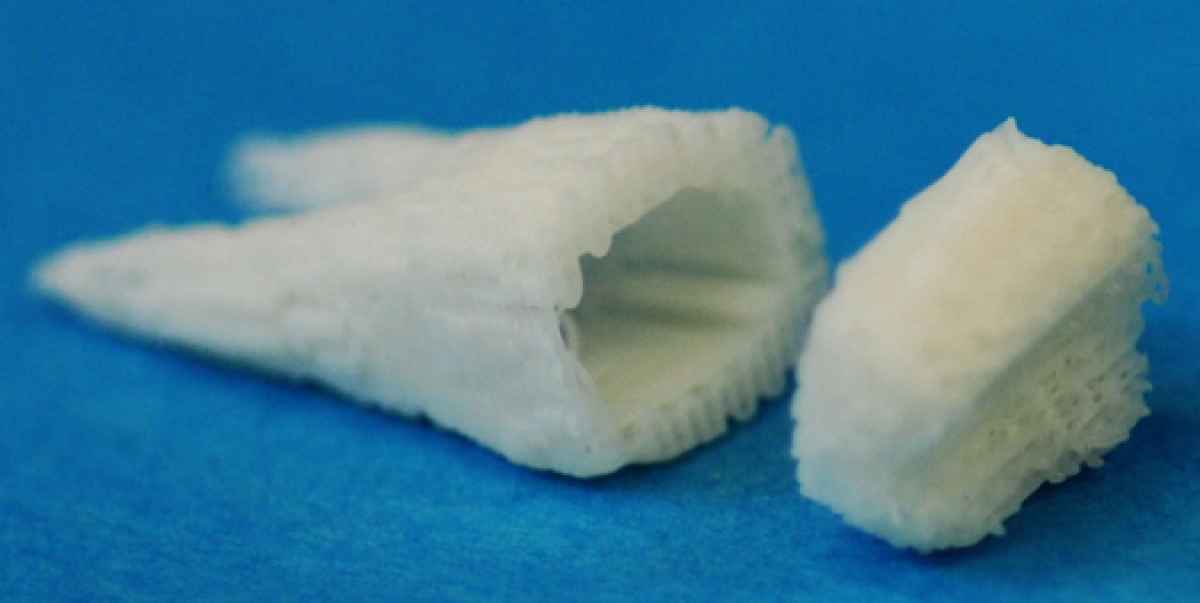Dentures and dental implants may now be a thing of the past. It’s all because scientists may soon have the ability to grow new teeth in a patient’s mouth.
This is huge for the many adults who end up losing a tooth or multiple teeth during their lifetimes.
As of now, the only options for a missing tooth include dental implants or, if all teeth are missing, dentures. However, these two methods cause serious dental health problems.
The Problem with Dental Implants
Health issues associated with dental implants include infection at the implant site, injury or damage to the surrounding structures, nerve damage, and sinus problems. “Despite being the preferred treatment for missing teeth today, dental implants can fail and have no ability to “remodel” with surrounding jaw bone, which undergoes necessary and inevitable changes throughout a person’s life.” (source)
Dentures can be uncomfortable and make eating difficult. Also, they can cause gum and mouth irritation or infections.
Growing a new tooth in the place where you lost a tooth avoids all the problems that come with implants or dentures. Underground Health Reporter notes, “This is a much-needed medical advancement, especially considering that by age 74—26% of adults have lost all of their permanent teeth.” (source)
Stem Cells and Tooth Regeneration
According to Dentistry iQ, Dr. Jeremy Mao, Edward V. Zegarelli Professor of Dental Medicine, and a professor of biomedical engineering at Columbia University collaborated at the Tissue Engineering, and Regenerative Medicine Laboratory. They pioneered a new technique that can “orchestrate the body’s stem cells to migrate to three-dimensional scaffold that is infused with the growth factor. This can yield an anatomically correct tooth in as soon as nine weeks once implanted in the mouth.” (source)
Yes, you read that right. Scientists can help the body grow a new tooth in about two months. Gone will be the days of dentures and painful tooth implants.
“Key consideration in tooth regeneration is finding a cost-effective approach that can translate into therapies for patients who cannot afford or who are not suitable candidates for dental implants,” Dr. Mao said. “Cell-homing-based tooth regeneration may provide a distinct pathway toward clinical translation.”
In other words, it is may be a less expensive process. But we know one thing for sure — it is far less invasive.
“Dental implants usually consist of a cone-shaped titanium screw with a roughened or smooth surface and are placed in the jaw bone. While implant surgery may be performed as outpatient procedure, healing times vary widely, and successful implantation is a result of multiple visits to certified clinicians, including general dentists, oral surgeons, prosthodontists, and periodontists.” (source)
It might just be me, but the thought of a titanium screw anywhere near my mouth gives me the chills.
Check out this video on the emerging science of stem cell tooth regeneration. You might even save a tooth before it’s gone.
One more thing, you don’t have to wait to get a stem cell treatment with your own stem cells! Stem cells can still help your teeth without a direct stem dental implant.
Click HERE to find out how you can receive a stem cell treatment by multiplying your own stem cells.




